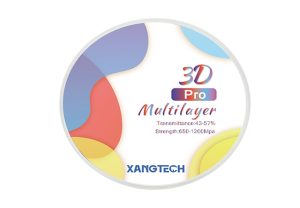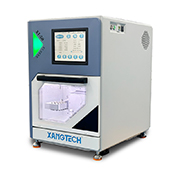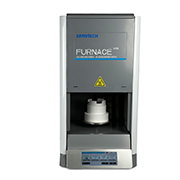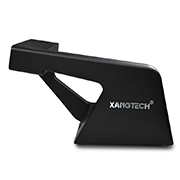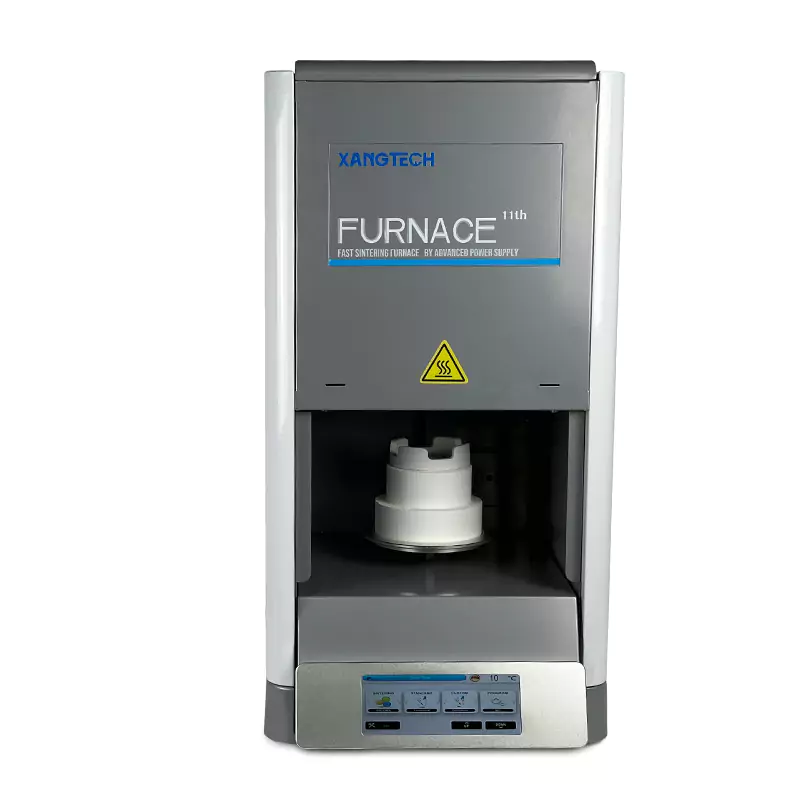The Significance of Zirconia Sintering
The Role of Sintering in Ceramic Production
Sintering of zirconia represents an important part in the manufacturing of advanced ceramics. Zirconia goes through transforms at the molecular level during this process that helps cement a strong and highly compact structure. The sintering process is a critical step, in order to make sure that the ceramic pieces reach certain features like strength and durability or even some optical features (e.g. translucency) since those properties are important for their final applications, mainly in Dentistry level.
Benefits of Proper Sintering
Sintering of zirconia results in many benefits for the final material. This increases the mechanical strength of the material which is critical in making crowns and bridges last longer in dental applications. In addition, the right sintering facilitates the aesthetic properties of the material. It also aids in reducing the zirconia’s porosity, which, if not taken care of, can lead to future failures in dental restorations.
Optimal Temperature for Zirconia Sintering
Understanding Temperature Ranges
In zirconia sintering, temperature is an important factor because only certain ranges should be followed. At high temperatures even exceeding 1450°C zirconia is sintered which explains the ranges. The temperature may need to slightly change depending on each application of zirconia in order to achieve the best results.
Ideal Temperature Points for Different Applications
All sorts of zirconia have optimal sintering points in between certain temperatures depending on the application. As an example, dental applications use approximately 1500°C for strengthening dental crowns or bridges. On the other hand, industrial-grade zirconia may require even higher process temperatures for utility in strong applications. With a max sintering temperature of 1650°C, the XANGTECH’s 11S Zirconia sintering furnace provides great compatibility across applications through precise control of the temp at which it is stripped. This versatility helps in fulfilling the tight tolerances needed for different zirconia products.
The Critical Role of Time in Sintering
Time Management in the Sintering Process
Balancing time is also one of the most important factors to consider when zirconia sintering. The entire time of sintering has an effect on the resulting Characteristics of Zirconia. Using a measurement of time within promotion controls the possibility of distortion or imperfections in the structure. On the other hand, if sintering times are too short, this can give rise to insufficient densification (which weakens a final structure) or too long for the full process to be realized and translucency to be reduced owing to over-sintering.
Balancing Temperature and Time for Best Results
Sintering zirconia is a complex matter where temperature and time must be balanced to reach the desired quality. The ideal sintering process is a long time at the maximum temperature that enables full densification while keeping material properties optimal.
Overall, the effect of accurate Temperature Control over Time in Zirconia Sintering can improve the properties and performance of end products. As a technology enabler, the XANGTECH’s sintering furnace provides labs with optimum results every time. With these advances in technology such as those offered by the XANGTECH sintering furnace, laboratories are now better positioned to achieve optimum results every time.
Common Pitfalls in Zirconia Sintering
Overheating Risks
Sintering of zirconia has a few pitfalls, the most important being the loss of precision due to overheating. Although high temperatures are necessary to ensure correct sintering, going above a specific level of sintering may be detrimental and lead to warping or a loss of mechanical integrity. Overheating of zirconia leads to grain growth, which makes it weaker. In addition to the physical features, aesthetic properties may be affected as well because a higher temperature could change both translucency and color homogeneity. These overheat dilemmas come at a cost, with only some of the mess being financial, as operators in laboratories need to pay extra attention to temperature settings and risk invalidating batches of materials or finished products.
Under-sintering Issues
On the other hand, under-sintering poses a challenge as well. Inadequate sintering can cause partial densification of the zirconia to occur, contributing to high levels of porosity. Such high porosity leads to greatly reduced mechanical strength and durability of the final product which makes it inappropriate for use in dental practices where reliability is of utmost importance.
Innovations by XANGTECH
Introduction to XANGTECH’s Advanced Solutions
In the arena, XANGTECH is one of such companies that brings innovation in zirconia sintering. Their innovations are specifically targeting the dental space with solutions to help overcome challenges encountered during sintering. Their systems seamlessly integrate technology which gives them not only precision in the temperature and time parameters set but also improves the overall workflow. XANGTECH is focused on providing high-quality dental gear products to meet the unique requirements of various laboratories and continually refines the design and performance of its furnaces as a response to those needs.
Diverse Product Offerings from XANGTECH
Among their abilities, the rich diversity of products offered by XANGTECH, most specifically their well-developed zirconia sintering furnaces and technologies makes it worthwhile. XANGTECH’s 11S Zirconia Sintering Furnace is considered the best choice of furnace with excellent engineering to achieve maximum temperatures of up-to1650°C allowing a high purity silicon molybdenum heating element. This furnace is designed for the effective sintering of up to 200 pieces of zirconia at once, resulting in substantial productivity benefits for high-demand laboratories. Moreover, attributes such as improved pre-drying characteristics and automatic analysis of solutions for denture sizes contribute to an enhancement in both reproducibility and defect rate, responding appropriately to clinical interest in high-performance materials.
High-precision 3D Scanners

At the heart of XANGTECHs cutting innovational scanning solutions, are his high-precision 3D scanners. Analytical & Measurement Scanners — These scanners are used during the pre-sintering phase where measurements need to be as precise as possible. The digital design needs to be translated into physical form with perfection before sintering, and high-precision scanning helps avoid these discrepancies with detailed 3D imaging. Getting blocks right, however, is important — having to re-make a block because it does not fit can ruin all the preparatory work — which means that when zirconia blocks go for sintering they are as close as possible to the original design and fitting they will have in vivo. This combination of powerful scanning technology with high-precision sintering furnaces is a holistic solution to improve the overall quality and reliability of dental restorations.

